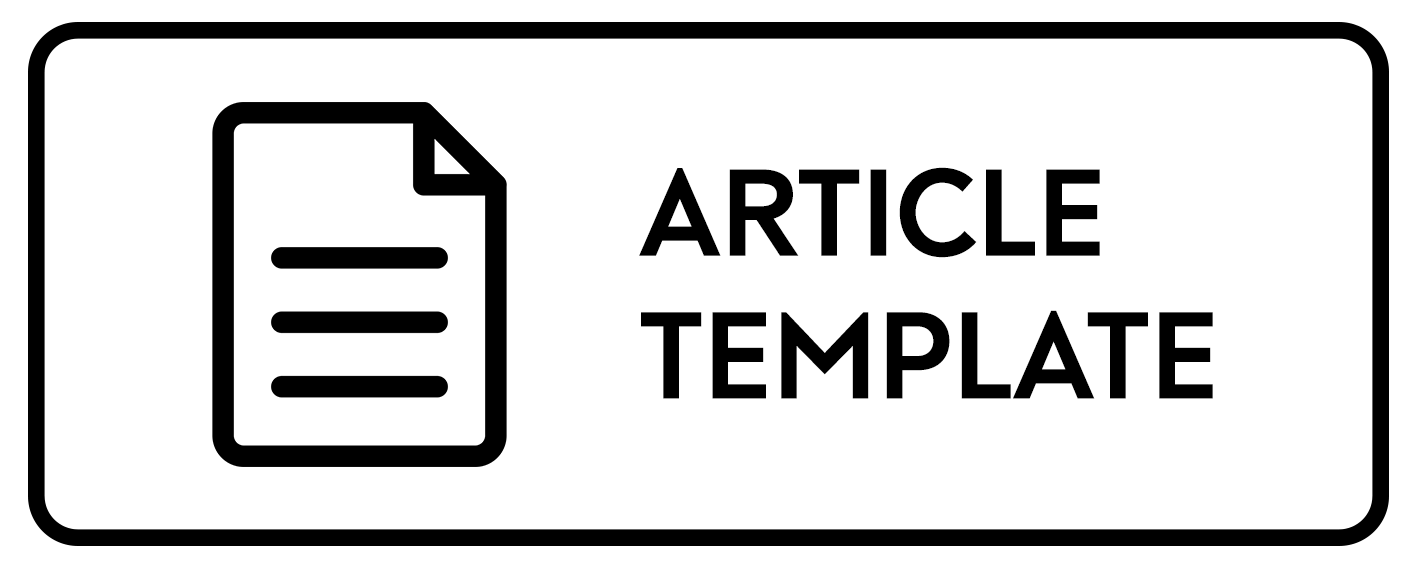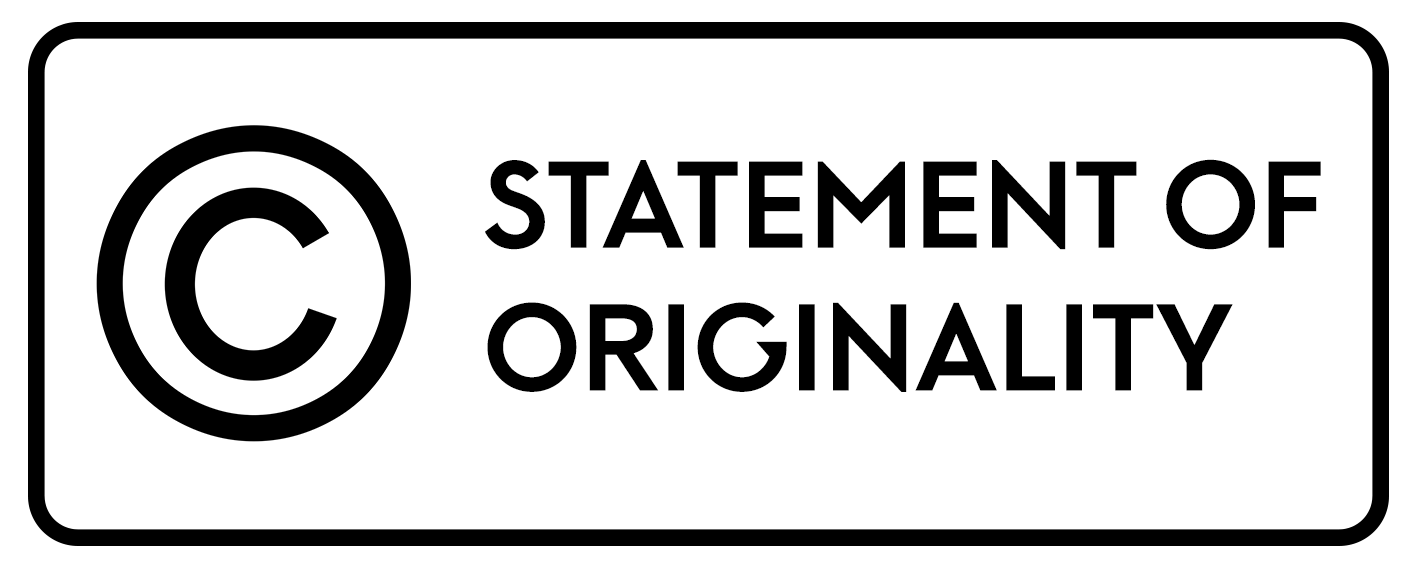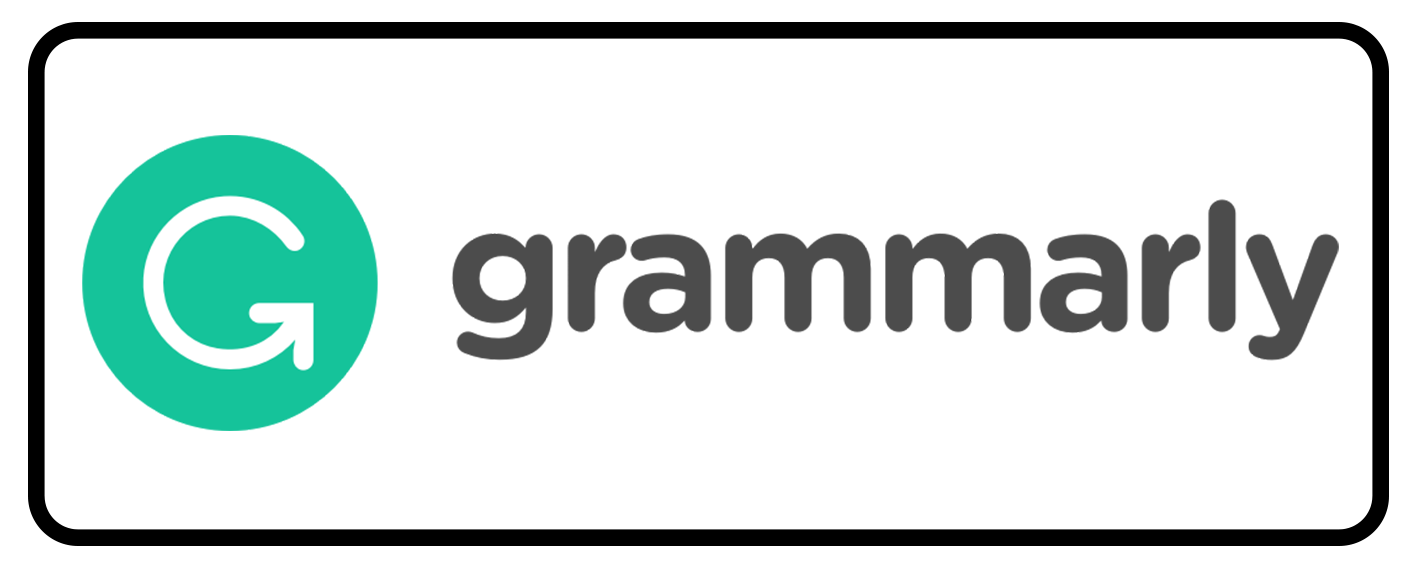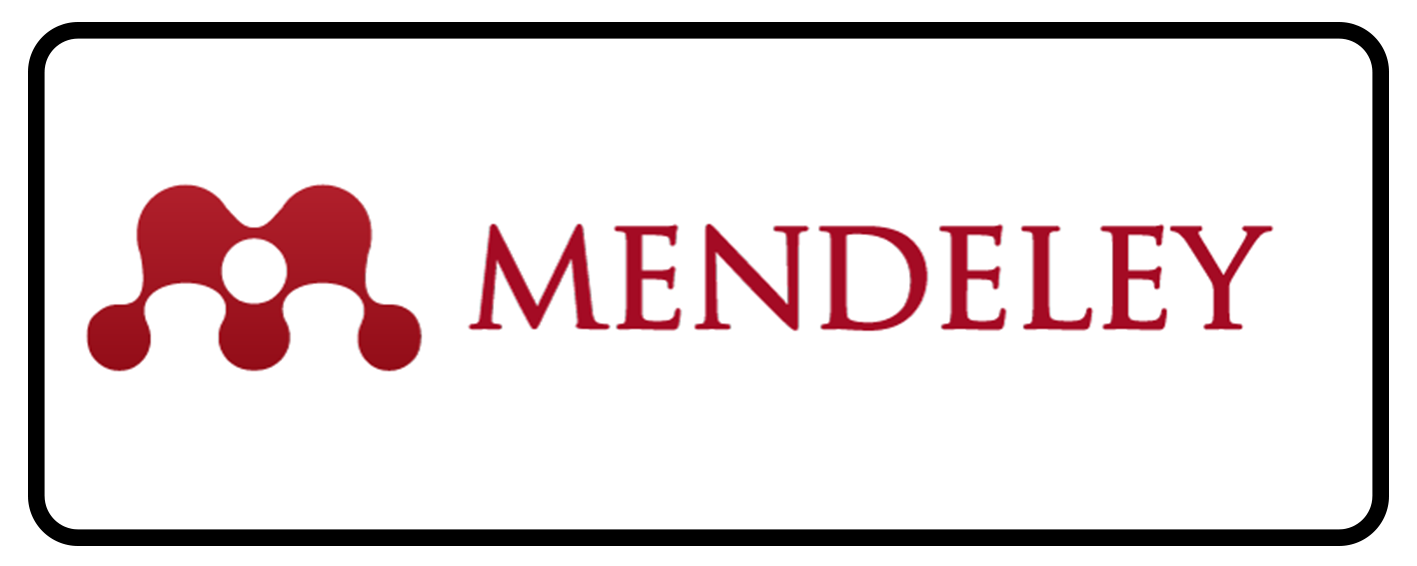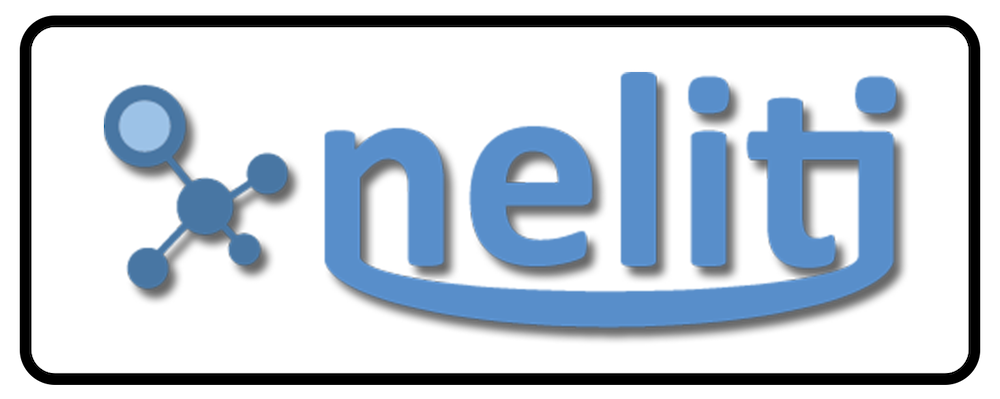PEER ASSESSMENT IN UNIVERSITY LEVEL: A PRELIMINARY STUDY ON THE RELIABILITY
Abstract
This research aims to find out the reliability of peer assessment as a form of alternative assessment and as a part of student-centered learning process. The data was taken from one of the ‘Writing 3’ classes in English Language and Culture Department, which consist of fifteen students. The students were taught how they should conduct peer assessment, what rules they should follow, and how they should utilize the provided scoring rubric before they assessed their peers’ writing assignments. The writer, as the lecturer of the class, also conducted her own assessment using the same scoring rubric. The results of peer and teacher/lecturer assessment were compared and calculated using SPSS in order to find out whether the results of peer assessment have significant difference with the results of teacher/lecturer assessment. The result shows that there is no significant differences between the results of teacher assessment and peer assessment. This means that peer assessment could be implemented as a form of alternative assessment in writing classes.
Penelitian ini bertujuan untuk mengetahui reliabilitas dari penilaian sejawat (peer assessment) sebagai suatu bentuk dari penilaian alternatif dalam kegiatan mengajar dan sebagai bagian dari proses pembelajaran yang berpusat pada pelajar (student-centered learning). Data untuk penelitian ini diambil dari salah satu kelas ‘Writing 3’ dari program studi Bahasa dan Budaya Inggris yang terdiri atas 15 orang. Para mahasiswa diajarkan bagaimana mereka seharusnya melakukan penilaian sejawat, peraturan apa yang harus mereka patuhi, dan bagaimana mereka menggunakan rubrik penilaian yang telah disediakan sebelum mereka akhirnya menerapkan kegiatan penilaian sejawat dalam menilai tugas menulis teman-teman mereka. Penulis, yang juga merupakan dosen dari kelas tersebut, juga melakukan penilaian dengan menggunakan rubrik yang sama. Hasil penilaian dari penulis dan dari para mahasiswa dibandingkan dan dikalkulasi menggunakan SPSS untuk mengetahui apakah nilai yang dihasilkan dari penilaian sejawat dan penilaian guru memiliki perbedaan yang signifikan. Hasil yang diperoleh menunjukkan bahwa tidak ada perbedaan yang signifikan antara kedua bentuk penilaian. Hal ini menunjukkan bahwa penilaian sejawat dapat digunakan sebagai bentuk penilaian alternatif dalam kelas menulis.
Keywords
Full Text:
PDF (Bahasa Inggris)References
Brown, H. D. (2004). Language assessment: Principles and classroom practices. New York, NY: Pearson Education.
Cheng, W., & Warren, M. (2005). Peer assessment of language proficiency. Language Testing, 22(1), 93–121. https://doi.org/10.1191/0265532205lt298oa
Cho, K., Schunn, C. D., & Wilson, R. W. (2006). Validity and reliability of scaffolded peer assessment of writing from instructor and student perspectives. Journal of Educational Psychology, 98(4), 891–901. https://doi.org/10.1037/0022-0663.98.4.891
Corder, G. W., & Foreman, D. I. (2009). Nonparametric statistics for non-statisticians: A step-by-step approach. New Jersey, NJ: John Wiley & Sons.
Dewi, H. D. (2015). Comparing Two Translation Assessment Models: Correlating Student Revisions and Perspectives. Kent State University. Retrieved from https://etd.ohiolink.edu/pg_10?::NO:10:P10_ETD_SUBID:109815
Everhard, C. J. (2015). Investigating Peer- and Self-Assessment of Oral Skills as Stepping-Stones to Autonomy in EFL Higher Education. In C. J. Everhard & L. Murphy (Eds.), Assessment and Autonomy in Language Learning (pp. 114–142). New York, NY: Palgrave Macmillan.
Freeman, M. (1995). Peer Assessment by Groups of Group Work. Assessment & Evaluation in Higher Education, 20(3), 289–300. https://doi.org/10.1080/0260293950200305
Harris, D. P. (1969). Testing English as a second language. New Delhi, ND: Tata McGraw-Hill.
IBM SPSS Statistics for Windows. (n.d.).
Jacobs, H. L., Zinkgraf, S. A., Wormuth, D. R., Hartfiel, V. F., & Hughey, J. B. (1981). Testing ESL composition: A practical approach. Rowley, MA: Newbury House.
Kaufman, J. H., & Schunn, C. D. (2011). Students’ perceptions about peer assessment for writing: Their origin and impact on revision work. Instructional Science, 39(3), 387–406. https://doi.org/10.1007/s11251-010-9133-6
Kubiszyn, T., & Borich, G. D. (2013). Educational testing & measurement: Classroom application and practice (10th ed.). New Jersey, NJ: John Wiley & Sons.
Min, H. T. (2006). The effects of trained peer review on EFL students’ revision types and writing quality. Journal of Second Language Writing, 15(2), 118–141. https://doi.org/10.1016/j.jslw.2006.01.003
Purnawan, A. (2015). Peer Assessment as the Main Methd for Assessing Students’ Writing: A proto-Design for Developing EFL Lesson Plans. In The 62nd TEFLIN International Conference 2015 (pp. 260–267).
Ramon-Casas, M., Nuño, N., Pons, F., & Cunillera, T. (2018). The different impact of a structured peer-assessment task in relation to university undergraduates’ initial writing skills. Assessment and Evaluation in Higher Education, 44(5), 653–663. https://doi.org/10.1080/02602938.2018.1525337
Roberts, T. S. (2006). Self, Peer and Group Assessment in E-Learning. Hershey, PA: Information Science Publishing.
Rofiudin. (2011). Improving Students ’ Ability to Write Descriptive Texts through Peer Assessment. In The 58th TEFLIN International Conference 2011. Semarang: IKIP PGRI.
Sluijsmans, D., Dochy, F., & Moerkerke, G. (1998). Creating a Learning Environment by Using Self-, Peer- and Co-Assessment. Learning Environments Research, 1(June 2014), 293–319. https://doi.org/10.1023/A
Sumekto, D. R. (2014). Higher Education Students’ Perception about Peer Assessment Practice. In The 61st TEFLIN International Conference 2014 (pp. 1137–1141). Solo: Universitas Negeri Solo.
Thode, H. C. (2002). Testing for normality. New York, NY: Marcel-Dekker, Inc.
Topping, K. J. (1998). Peer assessment between students in colleges and universities. Review of Educational Research, 68(3), 249–276. https://doi.org/10.3102/00346543068003249
Topping, K. J. (2009). Peer assessment. Theory into Practice, 48(1), 20–27. https://doi.org/10.1080/00405840802577569
Tsui, A. B. M., & Ng, M. (2000). Do Secondary L2 Writers Benefit from Peer Comments? Journal of Second Language Writing, 9(2), 147–170. https://doi.org/10.1016/S1060-3743(00)00022-9
Weimer, M. (2013). Learner-Centered Teaching: Five Key Changes to Practice (2nd ed.). San Francisco, California: Jossey-Bass.
White, E. (2009). Student Perspectives of Peer Assessment for Learning in a Public Speaking Course. Asian EFL Journal - Professional Teaching Articles, 33, 1–36.
DOI: http://dx.doi.org/10.30872/calls.v6i2.3804
Copyright (c) 2021 Suwarni Wijaya Halim

This work is licensed under a Creative Commons Attribution-ShareAlike 4.0 International License.
Editorial address:
Fakultas Ilmu Budaya, Universitas Mulawarman
Address: Jl. Ki Hajar Dewantara, Gunung Kelua, Kec. Samarinda Ulu, Kota Samarinda, Kalimantan Timur, Indonesia 75123
Email: jurnalcalls@fib.unmul.ac.id
Website: http://e-journals.unmul.ac.id/index.php/CALLS

CaLLs: Journal of Culture, Arts, Literature, and Linguistics site is licensed under a Creative Commons Attribution-ShareAlike 4.0 International License
CaLLs: Journal of Culture, Arts, Literature, and Linguistics indexing by:


